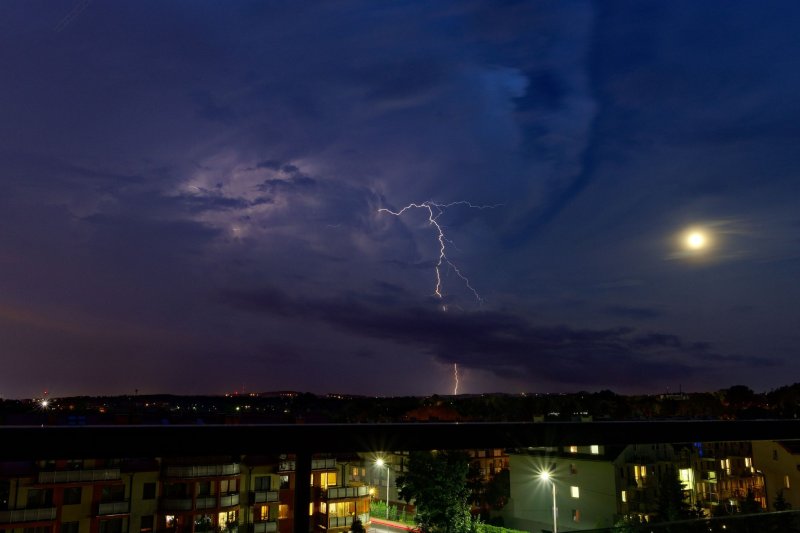Summer is in full swing across North America with the mild nights drawing more people outside to enjoy the star-speckled sky and, with a bit of luck, a glimpse of a shooting star streaking overhead. But just before the middle of July, the attention of stargazers will shift to the moon as a popular astronomical event takes center stage in the night sky.
As the sun sets on Wednesday, July 13, a supermoon will rise, shining brighter than many other full moons throughout the year.
The upcoming supermoon will also be the first full moon of astronomical summer, which started on June 21 at 5:13 a.m. EDT.
The term supermoon is more than a viral nickname. As the moon orbits the Earth, there are periods during which it is closer to the Earth and times when it is farther away. When a full moon coincides with the time when the moon is close to the Earth, it creates a supermoon that appears slightly bigger and brighter than normal.
"Supermoons only happen three to four times a year and always appear consecutively," according to astronomers at NASA.
July's lunar spectacle will be the second edition of a supermoon trilogy in 2022. The first supermoon of the year rose in June and the third and final of the year will rise in August. After this summer, a supermoon will not shine again until Sept. 18, 2024.
![]() |
| When the moon is at perigee, it appears slightly bigger and brighter than at other points in its orbit. Image not to scale. Image courtesy of AccuWeather |
In addition to being a supermoon, July's full moon has no shortage of nicknames, including one inspired by summer weather.
Due to the thunderstorms that frequently rumble across North America in July, the month's full moon is sometimes referred to as the Thunder Moon, according to the Old Farmer's Almanac.
Other full moon nicknames include the Buck Moon, the Hay Moon, the Berry Moon, the Halfway Summer Moon and the Salmon Moon.
The "Super Thunder Moon" will rise in the eastern sky right around sunset on Wednesday, July 13 -- and it won't be alone.
Saturn will rise in the same area of the sky shortly before midnight, local time, appearing just to the left of the moon. Night owls can also look for Jupiter and Mars in the eastern sky, which should appear above the horizon by around 2 a.m. local time.
The moon will sweep past these planets in the nights that follow, encountering Saturn early in the morning of July 16, followed by a pass near Jupiter on July 19 and an extremely close meet-up with Mars on July 21.
















